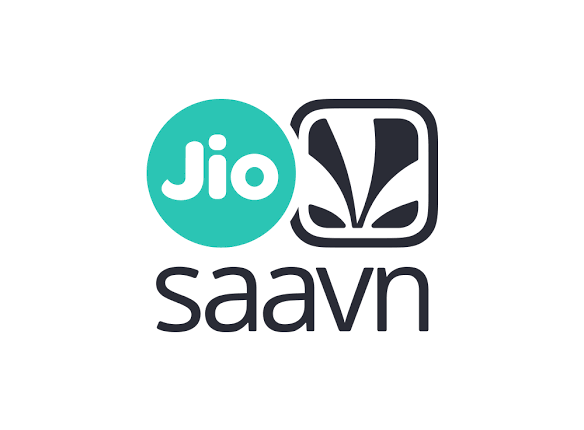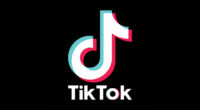Gone are the days when people would hoard up CDs (and even pay premiums for some OCs) of their favourite artists. For music lovers around the world, streaming has become the new way to go. Keeping that in mind, Reliance has poured another $19.6 million in its music streaming platform ‘JioSaavn’, a name which came from the merger of Saavn with Reliance Industries Limited’s Jio, back in 2018.
The merger was Reliance’s entry into the music streaming business(unless you want to count the abomination that was Jio Music) and placed the platform at a huge advantage with Asia’s richest person backing it. Due to its strong footing, the platform was valued at $1 billion at that time, a number which has only grown in the years.
Now, the company is trying to step up its game and go toe to toe with the biggest player in the market, Gaana, which reached 150 million monthly active users at the end of last year. Also, the investment will go a long way in tackling the influx of foreign names trying to claim a piece of the already saturated market for themselves, including the likes of Spotify, Apple Music and Amazon Music.
At the time of the merger, Reliance made a commitment to invest $124 million in the platform which was valued in the vicinity of $301 million. Out of this, the company had to pay $104 million to the existing investors and the rest was supposed to go into the operations of the company and expansion. Reliance picked up 10,000 shares of Saavn earlier this month, pouring in another Rs.140Cr in the company, fulfilling its part of the agreement. This came under notice while accessing company’s regulatory filings via business intelligence platform Paper.vc.
Ever since its acquisition, JioSaavn has managed to amass a wide customer base, reaching 100 million active users in April 2019, which is an explosive growth from the 22 million MAUs that Saavn had at the time of the merger.
Said investment can be used in multiple ways, expanding the current library, bring new originals or even introducing more podcasts, a service that the company brought out in 2016.
The Tech Portal is published by Blue Box Media Private Limited. Our investors have no influence over our reporting. Read our full Ownership and Funding Disclosure →






